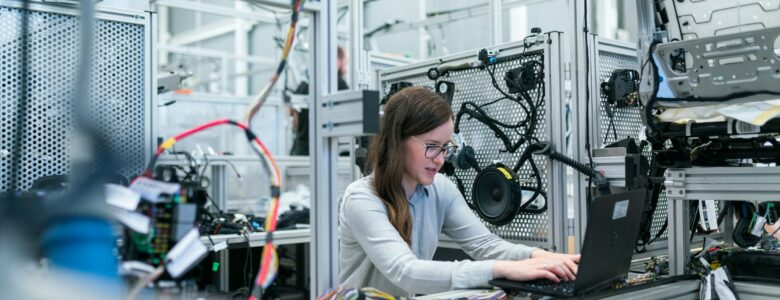Artificial intelligence is reshaping how we work, communicate, and secure our data — but few people think about the technology behind it. Microsoft’s new AI superfactory marks a major shift in cloud infrastructure and AI capability, and it will directly influence how AI tools run for small organizations, nonprofits, associations, and mission-driven institutions.
This advancement isn’t just a milestone for Silicon Valley — it’s a change that will affect how Microsoft 365 operates, how fast AI workloads run, and how organizations access secure, scalable technology.
1. What Is Microsoft’s AI Superfactory?
The term AI superfactory refers to Microsoft’s next-generation approach to building and linking data centers. Rather than operating as isolated facilities, these locations are connected through ultra-fast fiber networks — creating one massive, unified computing system built specifically to run advanced AI workloads at scale.
Microsoft’s first AI superfactory spans sites in Wisconsin and Atlanta and includes hundreds of thousands of GPUs working together to support tools like:
- Microsoft 365 Copilot
- Azure AI workloads
- Advanced cybersecurity analytics
- Cloud-based automation and processing
In short:
It’s a supercomputer for the cloud — and it exists to meet global demand for artificial intelligence.
2. Why It Matters for Small Organizations
AI superfactories may sound abstract — but the impact will be very real for the millions of users already operating in Microsoft environments.
Here’s what organizations can expect:
- Faster Performance:
AI-powered features in Microsoft 365 and Azure will run faster and respond more smoothly. - Greater Reliability:
Interconnected systems create built-in redundancy, improving uptime even during outages or maintenance. - Energy Efficiency:
Liquid cooling and new power frameworks mean AI computing becomes more sustainable — helping meet compliance and ESG reporting pressures. - More Accessible AI Tools:
As infrastructure expands, high-performance AI becomes available to more users — including small organizations.
For nonprofits, associations, medical offices, financial institutions, and similar entities, this means:
Better performance without needing expensive on-premise hardware, staffing, or infrastructure upgrades.
3. How Small Organizations Should Prepare
As your managed service provider (MSP), OptfinITy helps to make sure your systems and strategy are ready to benefit from these improvements. That includes:
- Future-Proofing Your Network
Ensuring configurations and connectivity support Microsoft 365 Copilot and other AI-enabled platforms. - Leveraging Microsoft Ecosystem Enhancements
Helping you adopt tools and workflows designed to increase efficiency, not complexity. - Maintaining Privacy, Compliance & Cybersecurity
As data moves faster and across more endpoints, risk increases — cybersecurity must scale accordingly. - Maximizing AI Efficiency
Guiding smart deployment so AI supports your mission — rather than operating as an unused or overwhelming feature.
If you’re already using Microsoft cloud tools, these improvements will likely benefit you automatically — but strategy and alignment determine how much value you gain from them.
Final Thoughts
AI is only as powerful as the infrastructure behind it — and Microsoft’s AI superfactory represents a major leap forward in making AI faster, more secure, and more accessible.
For small businesses, nonprofits, associations, medical organizations, and financial service groups, this means new opportunities to:
- Improve productivity
- Strengthen security
- Reduce tech strain on staff
- Enable smarter, mission-aligned technology decisions
Need Guidance? We Can Help.
At OptfinITy, we help organizations stay ahead of emerging technology — ensuring your systems are secure, resilient, and ready for the next generation of AI-powered innovation.
Schedule a quick technology check-in today.







Leave a Reply